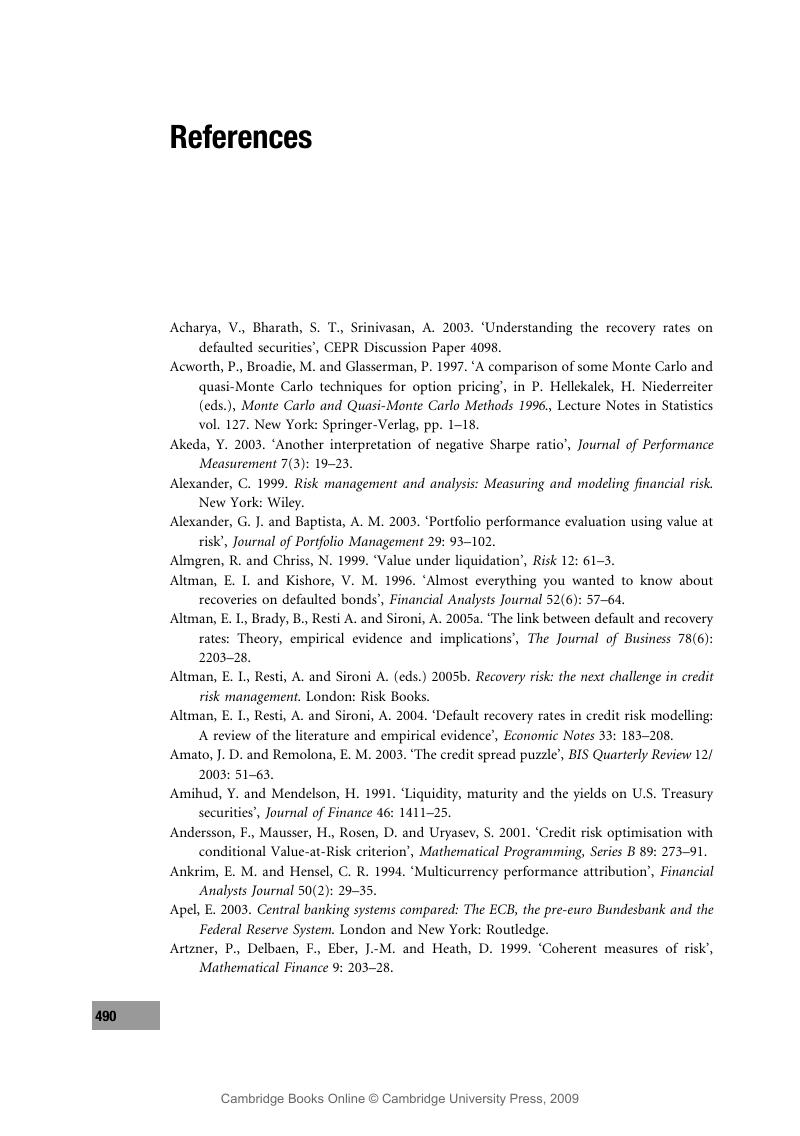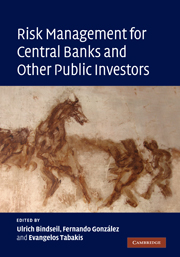References
Published online by Cambridge University Press: 23 December 2009
Summary

- Type
- Chapter
- Information
- Risk Management for Central Banks and Other Public Investors , pp. 490 - 506Publisher: Cambridge University PressPrint publication year: 2009



